WellAir News & Knowledge
Keep up with news, insights and more.
- The Air We Breathe
Bioaerosols Explained: learn more about what they are, where they come from and why they matter for indoor air quality.
 A New Standard for Cleaner Air
A New Standard for Cleaner Air
ASHRAE Standard 241: A Milestone in IAQ. The implications of ASHRAE 241 extend beyond immediate pathogen control, reshaping how building designers and facility managers approach IAQ - it aims to “future-proof” buildings.
Wildfire Smoke WarningHow Wildfire Smoke Compromises Indoor Air Quality and Your Health. Wildfires are a year-round threat to public health and safety. While the immediate danger is often associated with flames and property loss, an even more insidious risk comes from the smoke that infiltrates our indoor spaces. Read the article.
 Air Quality in Schools
Air Quality in SchoolsThe Relationship Between Classroom Air Quality and Student Performance. Indoor air contaminants are well-known causes of absences, interruptions, and lack of productivity in students, teachers, and staff; they need clean air.
 Building Better Air
Building Better Air
ASHRAE Standards for IAQ. As awareness grows around the impact of indoor air quality (IAQ) on human health, energy efficiency, and building performance, industry professionals are turning to a trusted authority for guidance: ASHRAE.
Tech Brief on Ionization
Not All Ionization Technologies Are the Same. Technologies such as soft ionization (bipolar ionization) are revolutionizing clean and safe indoor air solutions in various indoor environments.
Plasma Air FAQsPlasma Air’s soft ionization, or bipolar ionization, solutions safely purify the air in over 400 million square feet of indoor environments worldwide.
These solutions are designed to complement HVAC air filtration systems to neutralize pathogens and reduce harmful particulate matter without introducing ozone, carbon dioxide, VOCs or other dangerous chemicals or byproducts.
Sick Building Syndrome: FAQs
The Headaches of Sick Building Syndrome. Sick building syndrome (SBS) is, in fact, well defined and well documented — “a major occupational hazard,” as one research paper put it, and a “growing problem in the United States and around the world,” according to another.
Norovirus FAQ + PreventionThe Spread of Norovirus and Precautions Needed to Prevent It. The norovirus is a highly contagious virus that causes stomach pain, vomiting and diarrhea. It is sometimes called the “stomach flu”. A major concern related is the rate at which it can be transmitted from person to person.
 Four Ways to Fight HAIs
Four Ways to Fight HAIs
Hospital-acquired infections have become so commonplace that patient horror stories have lost the power to shock. No hospital — not even the cleanest, most advanced healthcare facility — is immune to this epidemic. This global crisis demands innovative solutions.
2 Strategies for Superbugs
Fighting Superbugs: “[Antibiotic resistance] is very serious indeed – it’s killing people around the world at the rate of hundreds of thousands of year,” cautioned one infectious disease epidemiologist. “And we all expect it to get worse if something isn’t done now.”
But what can be done?
Energy Efficiency in BuildingsAbstract: Indoor Air Purification Technologies that Allow Reduced Outdoor Air Intake Rates While Maintaining Acceptable Levels of Indoor Air Quality
 Airports with Ionization
Airports with IonizationVOC and Particulate Matter at Airports. The objectives for environmental management of indoor air systems at airports are multiple: minimizing pollutant sources, providing good air handling, and improving Indoor Air Quality (IAQ) using bipolar ionization.
 IAQ in Commercial Buildings
IAQ in Commercial Buildings
White Paper. Whole building air purification gets a whole lot more attention than it used to in the post-COVID world. Clearly, air purification has an important place in buildings—both commercial and residential—but just how far should we take it?
- The Air We Breathe
Bioaerosols Explained: learn more about what they are, where they come from and why they matter for indoor air quality.
 Retrofit Ready. Healthier Living.
Retrofit Ready. Healthier Living.Affordable Air & Heating, a trusted residential contractor serving California’s Central Valley, helps customers improve indoor air quality without adding complexity, cost, or maintenance headaches. They install PlasmaPURE.
 Mold: Hidden Health Hazard
Mold: Hidden Health HazardThe Health Risks and Hidden Dangers of Indoor Mold. Mold is more than just an ugly nuisance—it’s a hidden health hazard that can silently compromise the well-being of those living or working in affected buildings.
 Healthier Homes Starts Here
Healthier Homes Starts Here
For more than 25 years, Ready & Able has served homeowners in Central Pennsylvania with trusted heating, cooling, and plumbing solutions. And they offer PlasmaPURE residential HVAC air purification products.
Summers + IAQHow Summer Heat Affects Indoor Air Quality—and What To Do. Americans spending an estimated 90% of their time indoors so clean indoor air becomes critical during hot weather months. WellAir can help!
 Healthier Homes Made Simple
Healthier Homes Made Simple
J & J Sheet Metal of Michigan has made PlasmaPURE air purification a key part of their service offerings.
Partnering for Healthier HomesHarker Heating & Cooling is helping Wisconsin families enjoy cleaner, healthier air with WellAir's PlasmaPURE products.
 Smoke Exposure Risks
Smoke Exposure Risks
The Health Effects of Breathing Wildfire Smoke Over Time. Wildfire smoke poses serious health risks, containing fine particulate matter, volatile organic compounds (VOCs), and toxins that can harm respiratory and cardiovascular health. Even communities far from active wildfires face degraded air quality, emphasizing the need for effective indoor air protection.
Case Study: Early Learners
Groesbeck ISD Enhances Indoor Air Quality for Early Learners. The success of the Novaerus Protect 900 solutions in Groesbeck ISD’s early childhood spaces is clear: improved attendance, enhanced wellness for students and staff, and a healthier learning environment.
Case Study: Health Centers
Partnering with WellAir, the Purchase District Health Department prioritized the health and safety of its staff and the community, demonstrating a strong commitment to community welfare. Read the Case Study.
Global Ductless MarketThe global ductless heating and cooling systems market is projected to surpass $200B by 2030, making it clear that more and more owners are choosing to go ductless for its energy efficiency, flexibility and reliability.
The PlasmaPURE 600 Series unit is uniquely small in size. Read more on how, where, and why you should install.
Case Study: Clifton Sanitation
A Modern Approach to Cleaner Air in Wastewater Treatment. Clifton Sanitation's strategic shift to Plasma Air's 7000 Series not only ensured a safer and healthier working environment but also positioned them for continued success in wastewater treatment, embodying their commitment to excellence, employee well-being, and environmental responsibility.
Clean Air for Every Ride
Indoor Air Quality on Buses. By combining its soft ionization technology with ventilation and filters, Plasma Air offers a safe, comprehensive, and cost-efficient solution to improve indoor air quality as part of a multi-layered approach in buses.
Case Study: Jarvis Estate Winery
Jarvis Estate Offers the Best of Everything. Jarvis Estate Winery in Napa, California provides customers with the best of everything including world-class cabernets and WellAir Air disinfection technology. Read more about how Jarvis Estate Winery uses WellAir.
Ionization: Effective and SafeA History of Bipolar Ionization and Plasma Air. This technical brief provides an overview of bipolar ionization. It highlights the Plasma Air's needlepoint bipolar ionization technology, our UL 2998 verified products, along with our efficacy and safety standards.
 Clearing the Air after Fire
Clearing the Air after Fire
How Plasma Air Helped One Family Recover from a House Fire. One stormy night in Texas, a lightning bolt struck Alistair's home. The resulting fire was extinguished but the stench of burnt plastic and chemicals stayed in the air. Alistair's neighbor, an HVAC specialist, recommended Plasma Air.
Infection Prevention & ControlHand hygiene and surface cleaning are not enough. In the Clinical Services Journal, experts argue that the use of air decontamination systems to improve indoor air quality should be considered as part of infection prevention and control strategies.
 Airborne Mold
Airborne MoldOverlooked, Toxic, and on the Rise. As the planet becomes hotter and wetter, mold is becoming a more persistent headache for schools and commercial buildings, eating up operational budgets and generating negative publicity.
 Commercial Real Estate IAQ
Commercial Real Estate IAQ
We Need a Common Set of Standards for Indoor Air Quality. In a recent study, U.S. workers ranked indoor air quality as their number-one concern about returning to the workplace. We share our experience and insight on IAQ in commercial environments.
Choosing the Right IAQ SolutionA Layered Approach to Indoor Air Quality. As we begin to better understand the link between IAQ and wellness, active air purification technologies, such as bipolar ionization, hold tremendous promise to make indoor spaces healthier for all.
 Air Quality in Schools
Air Quality in SchoolsSummer Assignment for Schools: Fix School Air Quality to Protect Students in the Fall. Our own Chief Science Officer Felipe Soberón shares his experience and insight.

"I've seen the profound effects that air quality can have on our health and well-being. If we don’t take appropriate action today in our schools, we may well look back on this moment as a missed turning point for healthy air in education."
WellAir Elite Dealer
As a part of our WellAir Dealer Q&A series, we had an opportunity to talk with another successful Elite dealer, Carolina Comfort out of Columbia, SC. We spoke with Cole Mitchell, the Director of Marketing who has been with the company since 2016.
Peer Reviewed Study: ICUsWellAir Air Cleaning and Purification Devices in Intensive Care Units - An International Peer Reviewed Study. This peer-reviewed study was carried out on WellAir Air Cleaning and Purification Devices. The study highlights the number of microorganisms in the air and evaluates the effectiveness of air purifiers in reducing the rate of nosocomial infections within the ICU.
 Hotels and IAQ
Hotels and IAQ
The growth of wellness travel has driven demand for hotel technology that limits the spread of allergens and other potentially harmful airborne particles. HVAC systems in hotels can play a significant role in improving indoor air quality and reducing allergens.
WellAir Elite DealerThe WellAir team recently had a chance to connect with Matt Binning, the Service Manager at Alcorn Aire in Bakersville, CA, one of WellAir’s successful Elite Dealers. In this interview Matt explains how his company is winning by offering Plasma Air’s ionizers on every job.
 Aerosols Spread Infection, Part 1
Aerosols Spread Infection, Part 1
Part 1. Aerosols Are Infectious, and More Dangerous Than Droplets. Covid-19 aerosols have been proven infectious and more dangerous than droplets. In this blog post we take a look at how the aerosol debate around measles in the 1980s and how health officials reacted.
Aerosols Spread Infection, Part 2
Part 2. Aerosols Are Infectious + More Dangerous than Droplets. Many Covid-19 precautions — plexiglass dividers, desks spaced 6 feet apart, reduced restaurant occupancy — are premised on the notion that large droplets, generated by sneezes and coughs, pose the greatest danger to vulnerable people.
Plasma Air in Saudi ArabiaPlasma Air ionization solutions deployed in one of the world’s largest rail systems in Riyadh, Saudi Arabia.
 Leading the IAQ Revolution
Leading the IAQ Revolution
Plasma Air is leading the IAQ revolution. Our IAQ Procedure Software, PlasmaSoft, provides engineers, facility owners and operators a fast, simple and effective way to reduce expenses, while maintaining superior indoor air quality.
Summer Heat & Humidity
Managing Indoor Air Quality During Air Quality Alerts and Extreme Heat. Outside air intake, necessary to providing proper ventilation for healthy indoor environments, presents a challenging situation when temperatures rise. It must be properly cooled for indoor use.
HVAC Contractors & ResidentsHVAC Contractors Should Offer Air Purification for Homeowners. Every household can benefit from cleaner indoor air! One of the best options for homeowners to improve their indoor air quality (IAQ) is to have their HVAC contractor install PlasmaPURE right into their home’s duct system.
 Help Homeowners with Allergens
Help Homeowners with Allergens
Fifty million people in the United States suffers from allergies! As pollen, dust and pet dander run rampant through your customers’ homes, allergies can worsen. Fortunately, Plasma Air has a solution that works continuously to eliminate airborne allergens inside the home.
Cigarette and Cigar SmokeThirdhand Smoke – A Lingering Health Threat. First and secondhand smoke are well known to be harmful, so it’s mostly banned indoors. But new research shows that keeping smoke out of sight and smelll isn’t enough to stay safe.
 Antibiotic Resistance Part 1
Antibiotic Resistance Part 1Part 1 of 2. When the world gained control over COVID-19, infection control experts didn't get a reprieve. To the contrary, hospitals need to confront the “pandemic lying in wait”: antibiotic resistance.
 Antibiotic Resistance Part 2
Antibiotic Resistance Part 2Part 2 of 2. TB is ranked as the world’s leading infectious disease killer. Drug-resistant forms of the disease account for about 1 in 3 of all deaths worldwide caused by drug resistent infections.
 The “Pig Pen” Effect
The “Pig Pen” EffectWhen Motion Spreads Infection. Back in the 1950s, cartoonist Charles Schulz introduced Pig-Pen, an amiable boy known for the cloud of dirt and dust that follows him everywhere. In truth, we’re all dust magnets, and this fact may play a role in the airborne spread of disease.
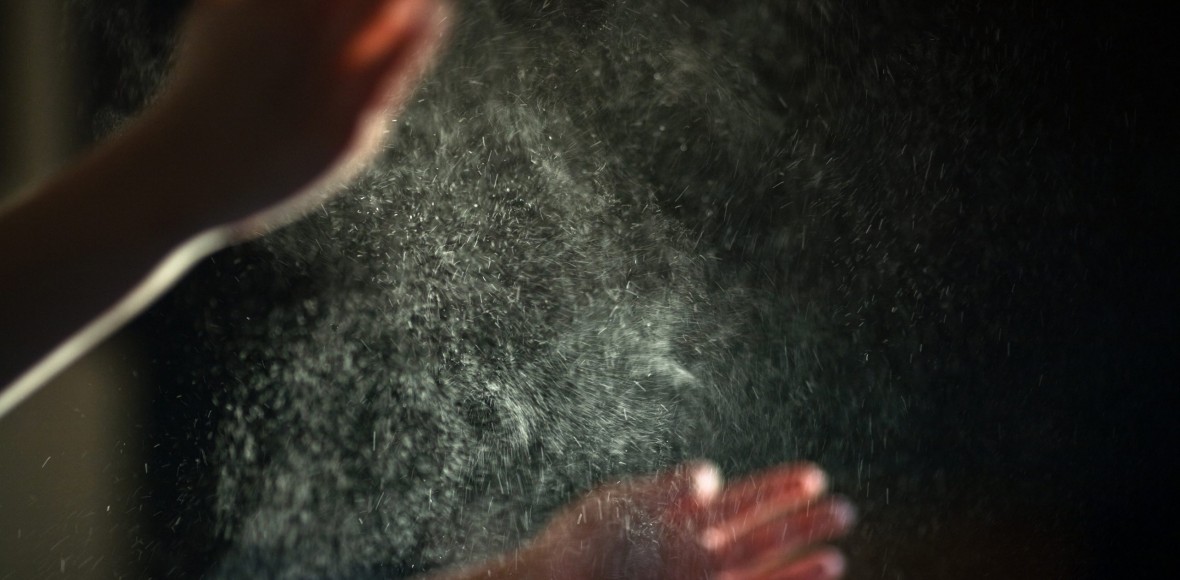 Infections in the Nursing Home, 1
Infections in the Nursing Home, 1Part 1, An Expensive and Increasing Threat. Hospitals get most of the attention in the infection crisis, but nursing homes face a growing, often overlooked and expensive threat — one that will worsen as the population ages and antimicrobial resistance rises.
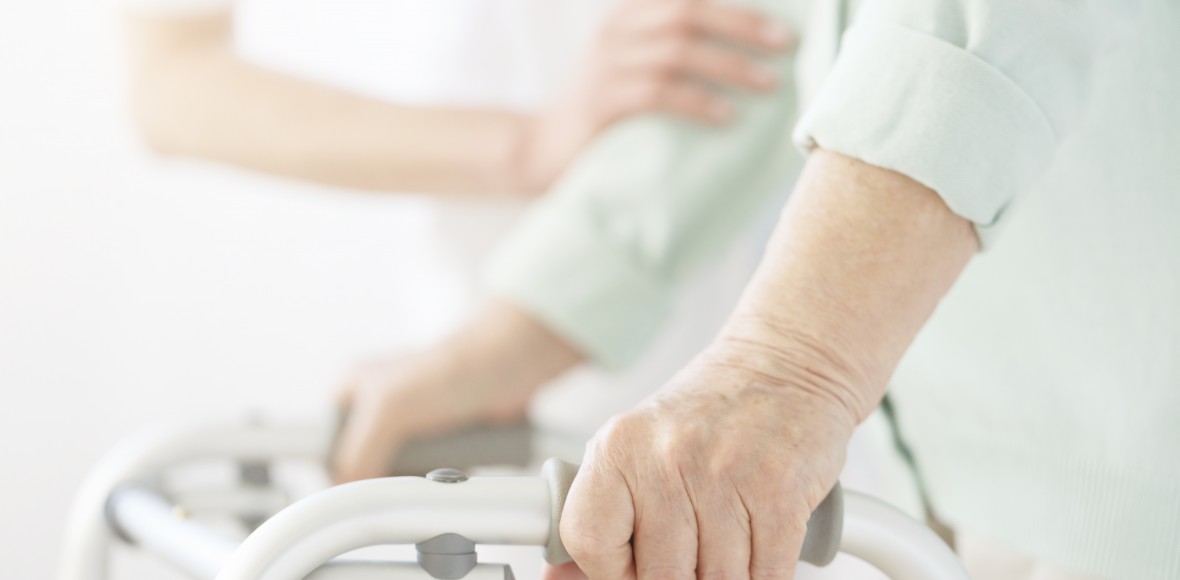 Infection in the Nursing Home, 2
Infection in the Nursing Home, 2
Part 2, Three Ways to Prevent Infection Spread. Compared to hospitals of the same size, long-term care facilities have four times fewer infection-prevention specialists. So, nursing homes must be particularly innovative in their approach. Read part 2 of the blog series to learn three critical and cost-effective strategies.
Deadly Bacteria in the Air
Part 1. 4 Ways to Fight Airborne Clostridium Difficile. For decades, Clostridium difficile infection (CDI, or C. diff) was dismissed by doctors as “annoying but easy to treat”.
No longer. Resistant to traditional antibiotics, new strains cause painful abdominal cramping, fever, nausea, dehydration, and severe diarrhea. Devastating for some patients, fatal for others.
Deadly Bacteria in the Air
Part 2. 4 Ways to Fight Airborne Clostridium Difficile (C. diff). Infection-control experts agree: containing CDI is an urgent global priority, given the emergence of more potent C. difficile strains and the ageing of the developed world’s population. Here are 4 approaches that can dramatically reduce the spread of C. difficile at hospitals and nursing homes.
In-Vitro Fertilization in China
IVF in China, Part 1. Lab air quality has such a striking impact on embryo development that an international team of experts deemed air filtration “essential” for maximizing implantation and live birth rates. Removing airborne toxins in the lab is now considered critical to IVF success.
In-Vitro Fertilization in China
IVF in China, Part 2. Around the globe, IVF regulating authorities are paying more attention to laboratory air quality. One problem: government regulations treat IVF labs as surgical facilities. Requirements focus on infection control, rather than control of VOCs, aldehydes, particulates, and other chemical emissions, which all decrease IVF success.
IAQ in the Operating RoomCan cleaner air in the OR protect patients from infection? As the superbug crisis worsens, it’s a question more researchers and hospitals are taking seriously.
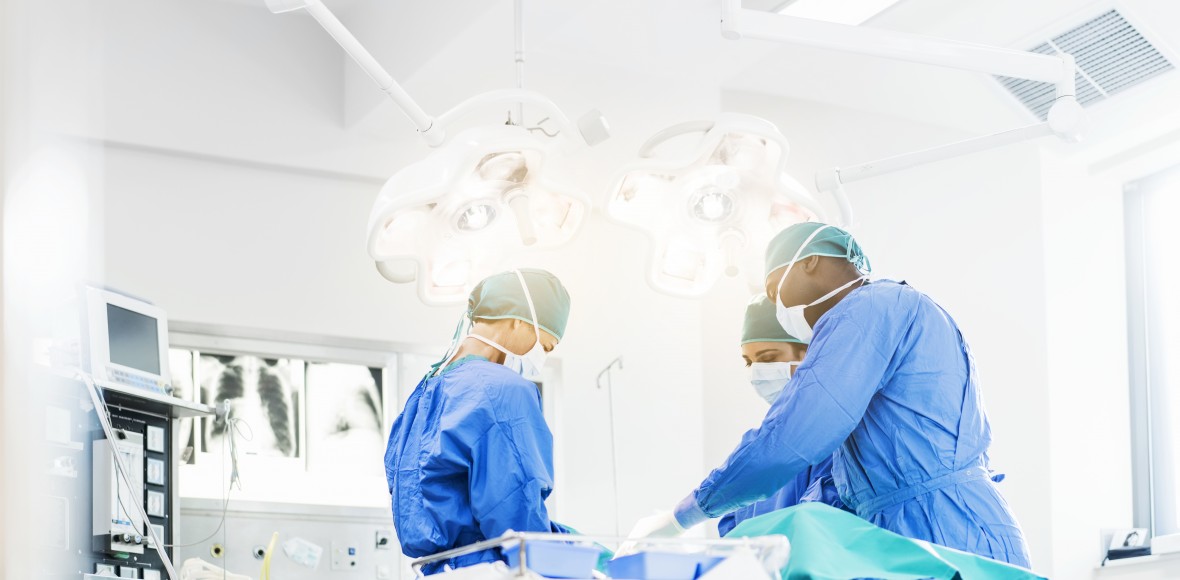
Patients infected during surgery are 60% more likely to be admitted to the intensive care unit and 5x more likely to be readmitted. A MRSA infection acquired during surgery can cost $40,000.
Influenza: Surfaces and Air
Why Hand Washing and Vaccination Aren't Enough for the Flu. Yes, the influenza virus is spread via surfaces, but just as often, it’s spread through the air. While sanitizing doorknobs and handrails helps, containing this relentless and often deadly virus requires cleaning the air too.
When Dirty Air Hurts AttendanceAsthma, Allergies, and Absenteesim. Given the huge toll the flu takes on schools, it’s a relief for staff when winter fades into spring and trees bloom. Except for this: the end of flu season means the beginning of allergy season.
 Urban Air Pollution
Urban Air PollutionUrban Air Pollution - It's Common Scents. Consumer products now cause as much air pollution, in the form of volatile organic compounds (VOCs), as exhaust-spewing tailpipes. The culprit? VOCs from shampoos, perfumes, lotions, printer ink, cleaning solvents, glues, hand sanitizers, and other products that contain compounds refined from petroleum.
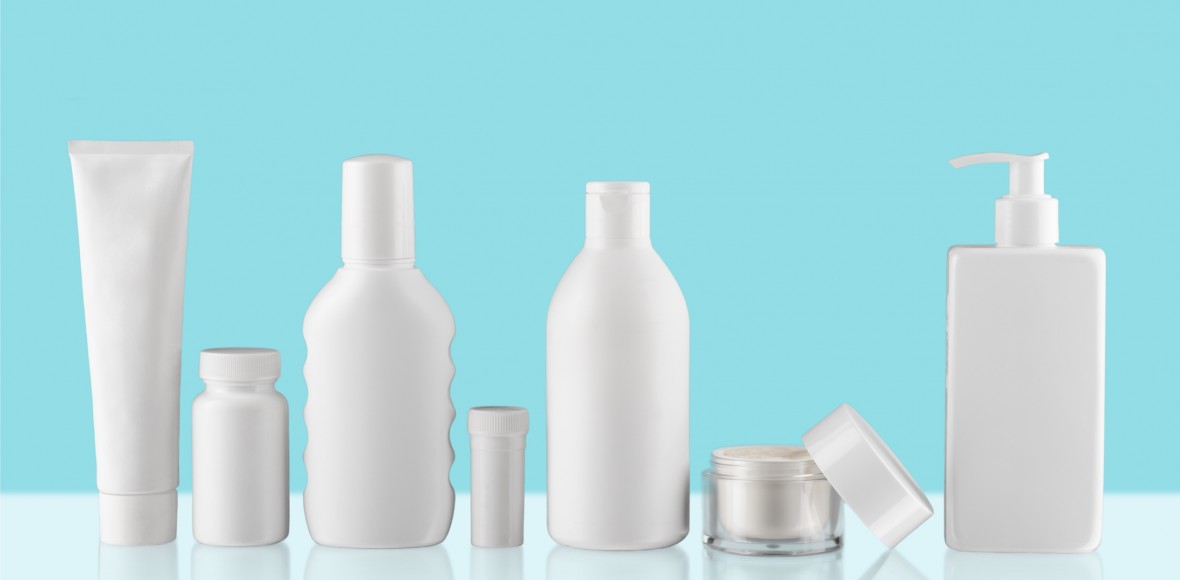 Sick Building Syndrome: Triggers
Sick Building Syndrome: TriggersWhat are the Triggers? For any given case of sick building syndrome (SBS), the trigger can be hard to pinpoint. In fact, the mystery is part of the very definition of the syndrome.
But this much is certain: SBS symptoms — headaches, nausea, fatigue, itchy skin, throat irritation, watery eyes, and impaired concentration — are linked with exposure to both chemical and biological contaminants.
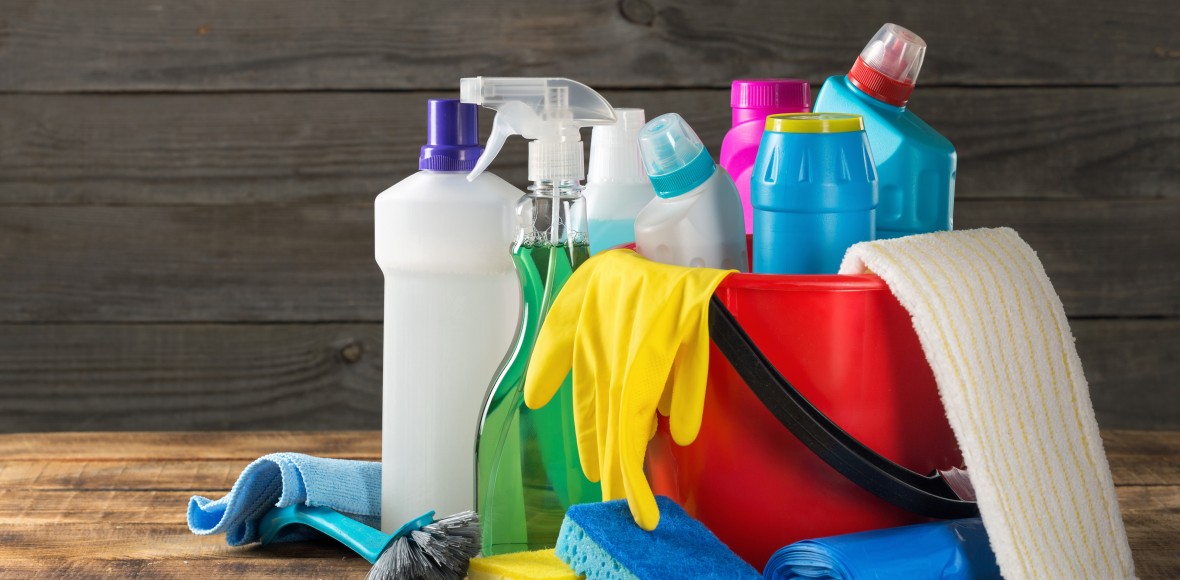 Sick Building Syndrome: Healthcare
Sick Building Syndrome: HealthcareSick Building Syndrome - It's Up In The [Hospital] Air. Many healthcare buildings meant to heal are making people sick. Sick building syndrome is common—especially in healthcare settings.
 Legionella, a "Newer" Bacteria
Legionella, a "Newer" BacteriaNo Longer a Mystery, Still a Threat. In the summer of 1976, reports of a mysterious and terrifying infection outbreak dominated American news: 34 people died suddenly and 220 were hospitalized after visiting Philadelphia. Patients had headaches, chest pain, chills, and fevers up to 107 degrees. Autopsies revealed lungs that resembled Brillo pads.
 The Poor State of Hospital Hands
The Poor State of Hospital Hands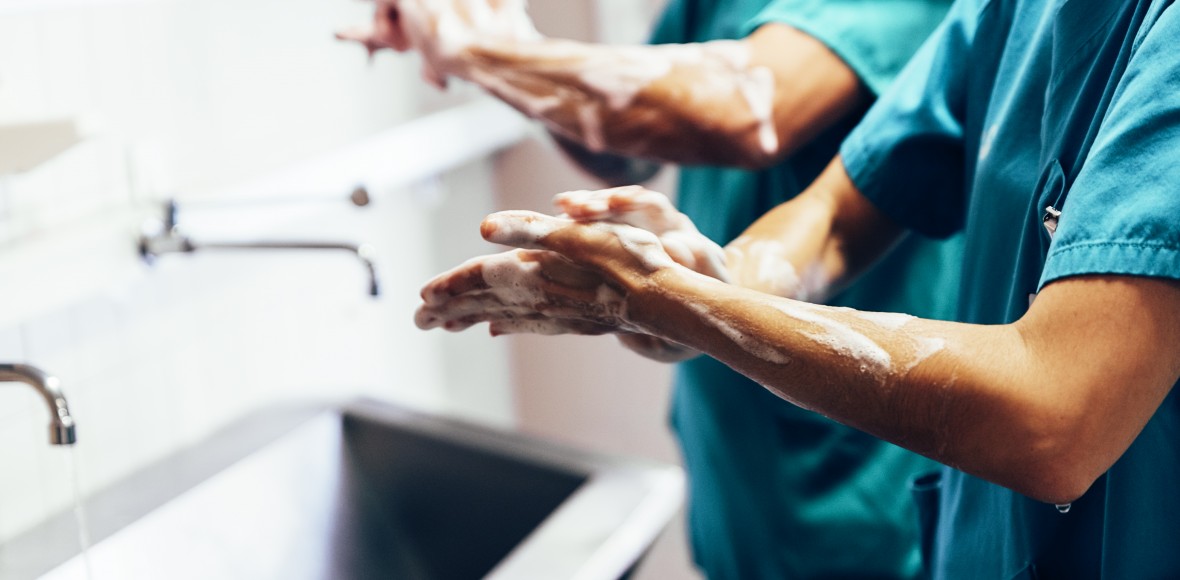
The Dirty Hand in the Latex Glove. Compliance with hand hygiene protocols remains “abysmally low,” according to the World Health Organization. And according to researchers, the hands of doctors and nurses deposit – and likely transmit – potentially harmful microbes every 4 seconds onto patients and hospital surfaces.
Formaldehyde in Classrooms?The presence of formaldehyde in everything from embalming fluid and hair straighteners to plywood adhesives and varnishes has prompted toxicologists and other researchers to scrutinize the chemical’s potential health impacts on a wide range of adults and children.
 HAIs in China: Part 1
HAIs in China: Part 1Hospitals around the world are facing a serious crisis: the spread of infection among patients. China is no exception.

“Wards have become breeding grounds for microbial pathogens,” asserts Bingwei Sun, M.D., Ph.D., a hospital infection management expert at Jiangsu University in Zhenjiang.
HAIs in China: Part 2Three Critical Strategies for Reducing Hospital-Acquired Infection. Given these challenges, any serious plan to control hospital-acquired infections requires a combination of three strategies...
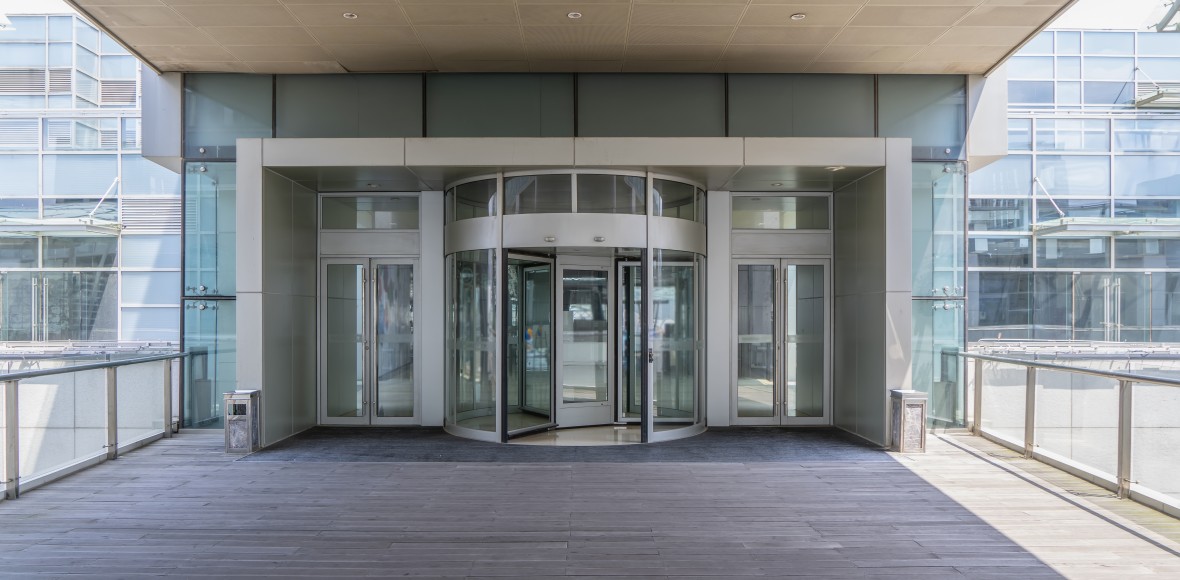 Protecting Healthcare Workers
Protecting Healthcare WorkersInfection: Occupational Hazard for Healthcare Workers, Part 1. Given the massive infection crisis facing hospitals worldwide, protecting patients from pathogens is a priority. But what about protecting staff?
 Protecting Healthcare Workers
Protecting Healthcare Workers
Infection: Occupational Hazard for Healthcare Workers, Part 2. Public health experts agree: Healthcare workers are at significant risk for catching and spreading infectious diseases, and hospitals must take “aggressive efforts” to prevent transmission of pathogens.
Healthcare Facilities should take these 4 steps to minimize infections among staff.
Measles is Back - Part 1Nine days after her Mediterranean cruise, a woman in Sardinia developed a rash. She went to the emergency room and was diagnosed with measles. During her three-day hospital stay, she infected six others — a co-worker, a relative, three healthcare workers, and a hospital visitor.
 Measles is Back – Part 2
Measles is Back – Part 2
By implementing new policies and new technology, hospitals can have a considerable impact in containing measles outbreaks. Read our 4 suggestions for what healthcare facilities can do to stop the spread of Measles.
Hospitals and Pandemics - Part 1“We need to face reality here,” says a virologist at the University of Sydney, who monitors bat viruses. “The next [pandemic] could come at any time. It could come in 50 years or in 10 years. Or it could be next year.”
 Hospitals and Pandemics - Part 2
Hospitals and Pandemics - Part 2Hospitals need to prepare for the next Pandemic. When Covid-19 struck, overrun ERs lacked staff to care for infected patients. They had insufficient personal protective gear. Experts wrongly assumed SARS-CoV-2 did not spread via the air. As a result, Covid-19 ripped through hospitals.
 WellAir and the HVAC Jerks
WellAir and the HVAC JerksThe market for indoor air purification products exploded with the pandemic and it's here to stay.
 Join the HVAC Jerks, three guys who have spent way too much time in the HVAC industry and have plenty of fun producing weekly podcasts with the most interesting people in the trade. Surface Cleaning Isn’t Enough
Join the HVAC Jerks, three guys who have spent way too much time in the HVAC industry and have plenty of fun producing weekly podcasts with the most interesting people in the trade. Surface Cleaning Isn’t EnoughWhen a hospital patient checks out of a room, cleaning staff disinfect every item and surface to prevent the spread of infection. The TV remote, bedframe, call button cord, trash can lid, closet handles, door knobs. Bed linens and privacy curtains. Blinds and curtain rails. Still, dangerous infections spread.
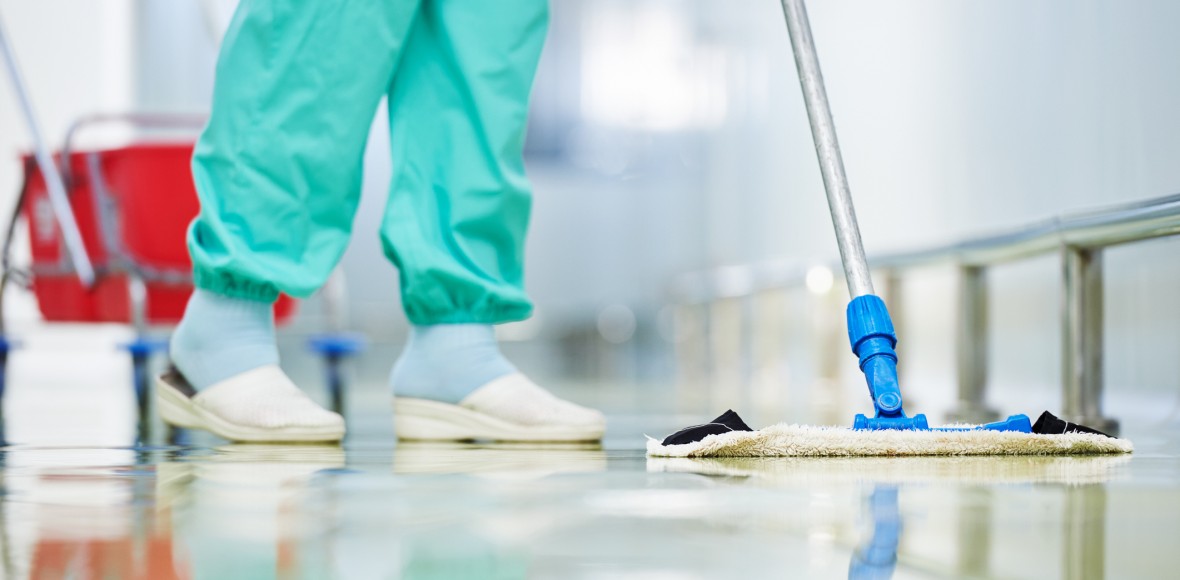 Hospital Room Cleaning
Hospital Room Cleaning“Trash and Dash” In this era of hospital budget cutting, cleaning crews often have less than the 40 to 45 minutes recommended for between-patient room disinfection — even less than the 30 minutes allotted to hotel housekeepers. Some hospital crews have just “15 minutes to disinfect a room between gravely ill patients.”
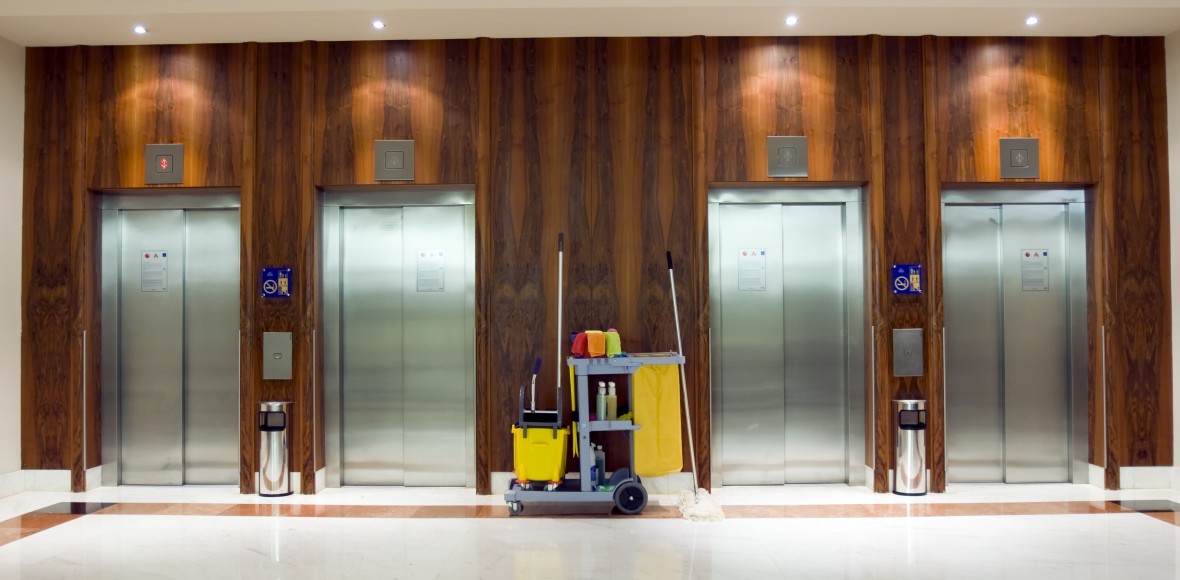 Mycobacterium tuberculosis
Mycobacterium tuberculosisTuberculosis Isn’t Over — Not by a Longshot. Over the course of human history — in ancient Egypt, in medieval Europe, in 19th-century North America — TB has surged and recessed, causing pain and death. It was during one period of recession, in 1915, that the New York Times warned of the “pressing” need to eradicate the disease.
 Aspergillus Fungus
Aspergillus Fungus
A Deadly Superfungus on the Rise - Part 2. About half of documented aspergillosis outbreaks have been traced to construction work within or near the hospitals.
Many outbreaks, including the one at Seattle Children’s Hospital, aren't from construction. They have been linked to improper operation or poor maintenance of air ventilation systems. In one case, four German newborns in the NICU became infected, and three died.
Novaerus in Hospitals - Part 1No hospital, in Hungary or elsewhere, is immune to the spread of dangerous infections among patients. Each day, an estimated 1.4 million patients worldwide contract an infection while hospitalized. In Hungary, more than 15,000 hospital patients become infected, and hundreds die from their infections. Hospitals chose to install Novaerus.
 Novaerus in Hospitals - Part 2
Novaerus in Hospitals - Part 2
Infection outbreaks have been traced to all kinds of contaminated surfaces: sinks, computer keyboards, supply carts, stretchers, IV poles, telephone handles, stethoscopes, blood pressure cuffs, ultrasound machines, ECG leads, and ventilators. It's time to clean the air.
Air Quality in the Dental Clinic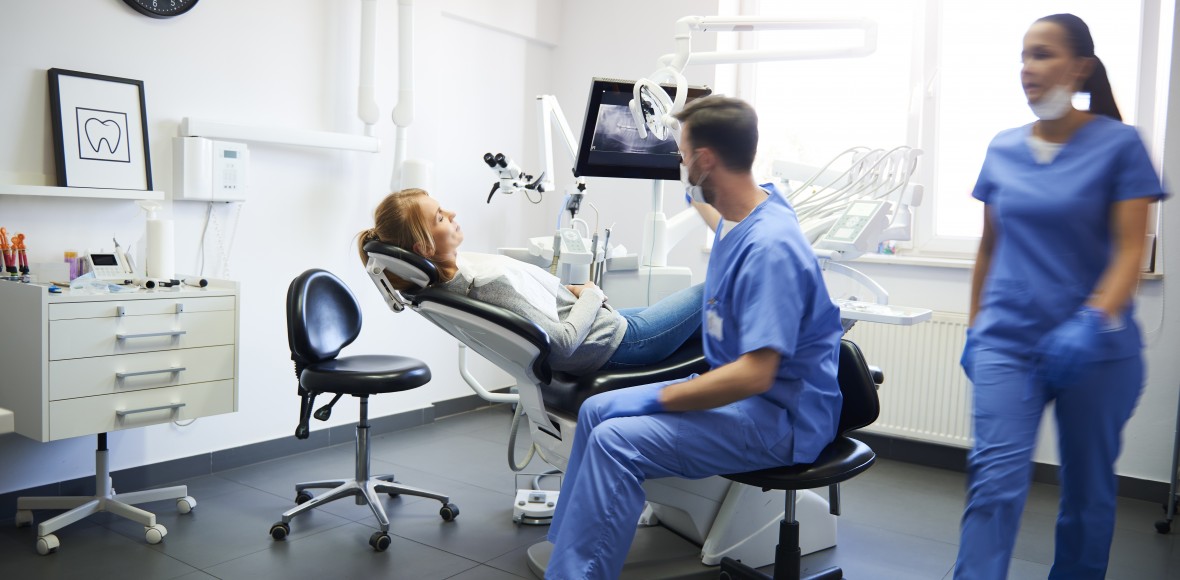
Disinfecting the “Toxic Cloud” – Part 2. Dental clinics are at greater risk for indoor air pollution because of the materials used in treatments. Among the most toxic may be methyl methacrylate, a monomer of acrylic resin used in dentures and cement.
Air Quality in the Dental Clinic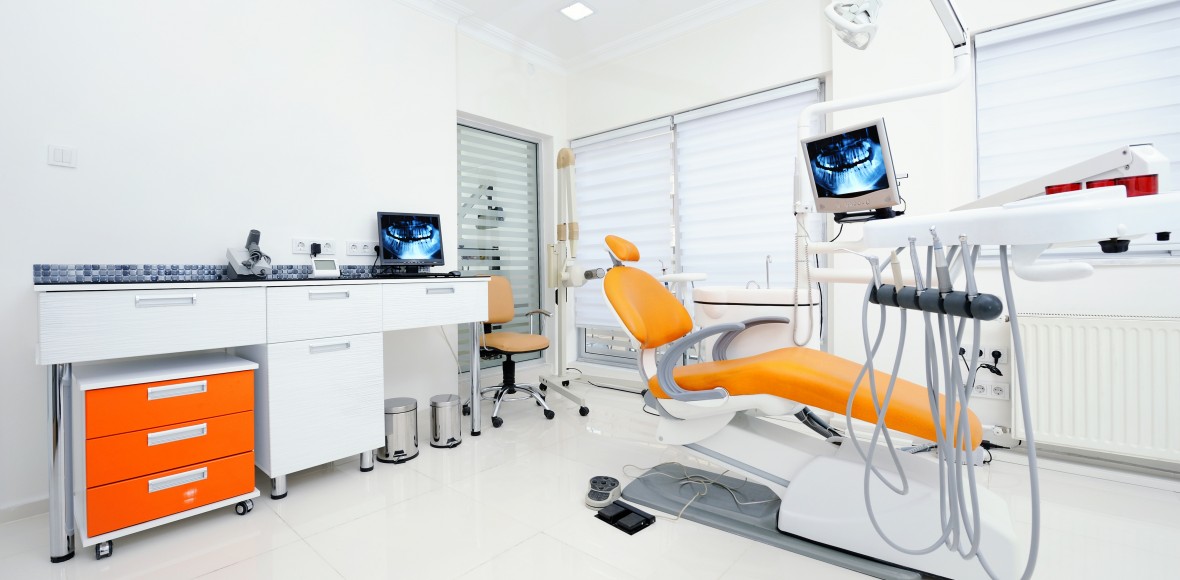
Disinfecting the “Toxic Cloud” - Part 1. Walk around a dental clinic and the dominant sounds — drilling, scraping, suctioning, spraying — are less obvious indicators of airborne pathogens. But make no mistake: the air inside dental clinics, contaminated by aerosols and splatter from all the noisy treatments, spreads a range of harmful microbes.
MRSA in the Air: Part 1
How Hospitals Can Protect Patients from Infection. VRE, CRE, C. diff., CRKP — healthcare facilities have no shortage of dangerous bacteria to contend with. Among the most worrisome in this alphabet soup of superbugs: MRSA.
MRSA in the Air: Part 2How Hospitals Can Protect Patients from Infection. Surfaces can become contaminated with MRSA by the touch of a colonized or infected person— or when airborne MRSA particles settle on these surfaces.
As mounting research confirms, airborne MRSA droplets hover in healthcare facilities and play a role in MRSA colonization and infection, especially via a patient’s nasal cavity and respiratory tract.
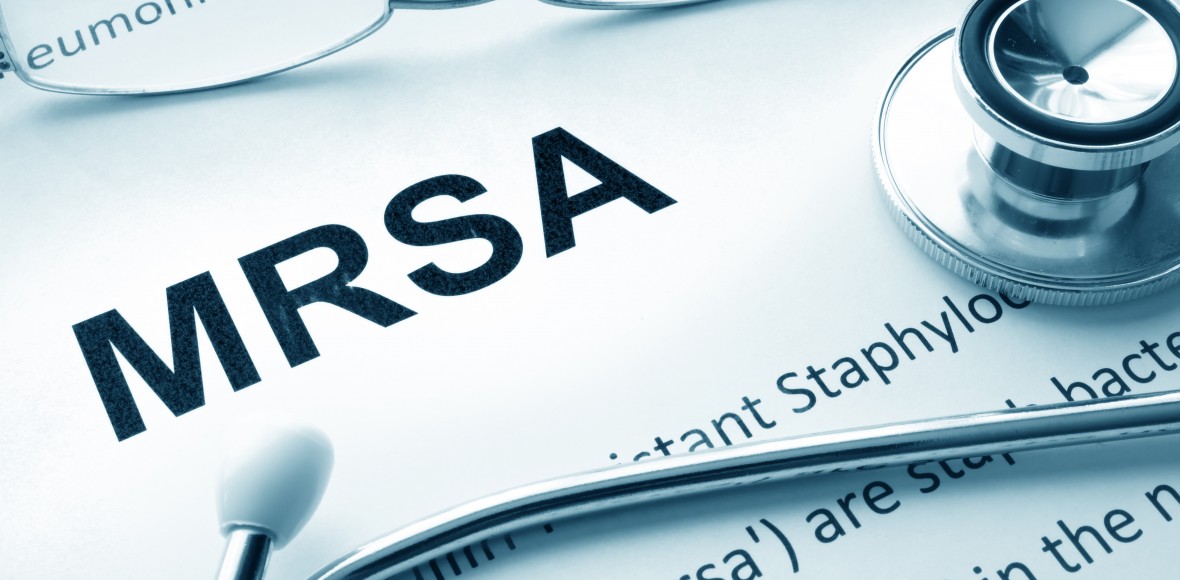 Aspergillus Fungus
Aspergillus FungusA Deadly Superfungus - Part 1. In 2018, three children developed invasive aspergillosis, a severe and aggressive fungal disease at Seattle Children’s Hospital. The hospital traced the Aspergillus fungus, cleaned and sealed potential air leaks. Testing showed no further traces of the mold.
“We believed that the work we had done to those rooms had solved the problem,” a hospital official announced.
They were mistaken.
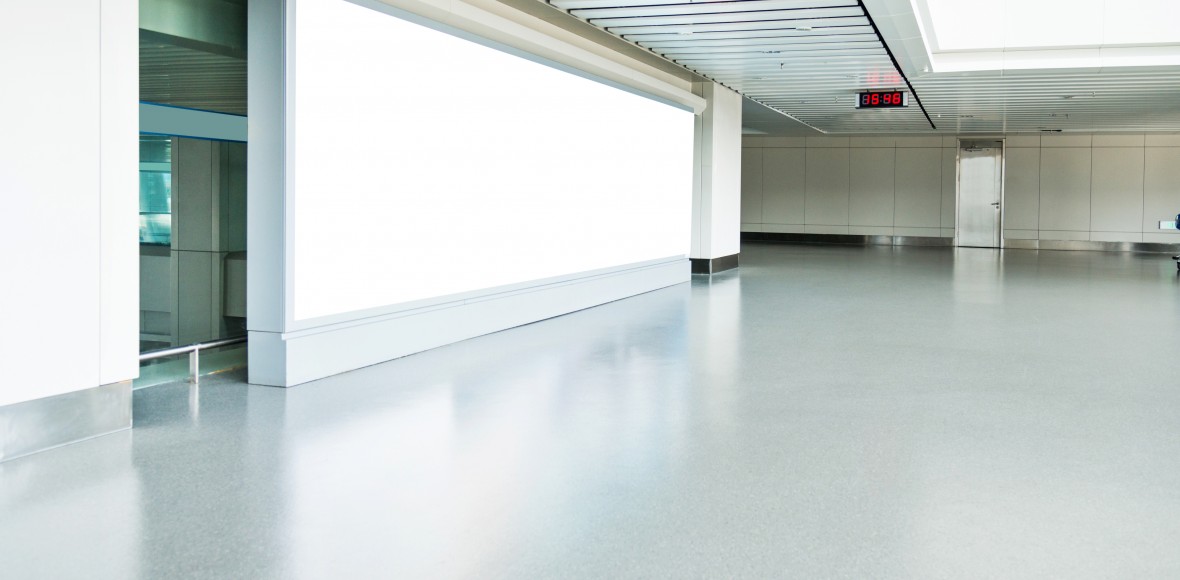 Hospital Acquired Infections $
Hospital Acquired Infections $
The Fiscal Case for Fighting Hospital Acquired Infections - Part 1. In 2014, an outbreak of carbapenemase-producing Enterobacteriaceae (CPE), the “nightmare superbug,” struck 40 patients in five West London hospitals.
The outbreak took 10 months to contain and the financial cost was enormous: 1,206 bed-days lost and €1.1 million ($1.2M) spent.
Hospital Acquired Infections $$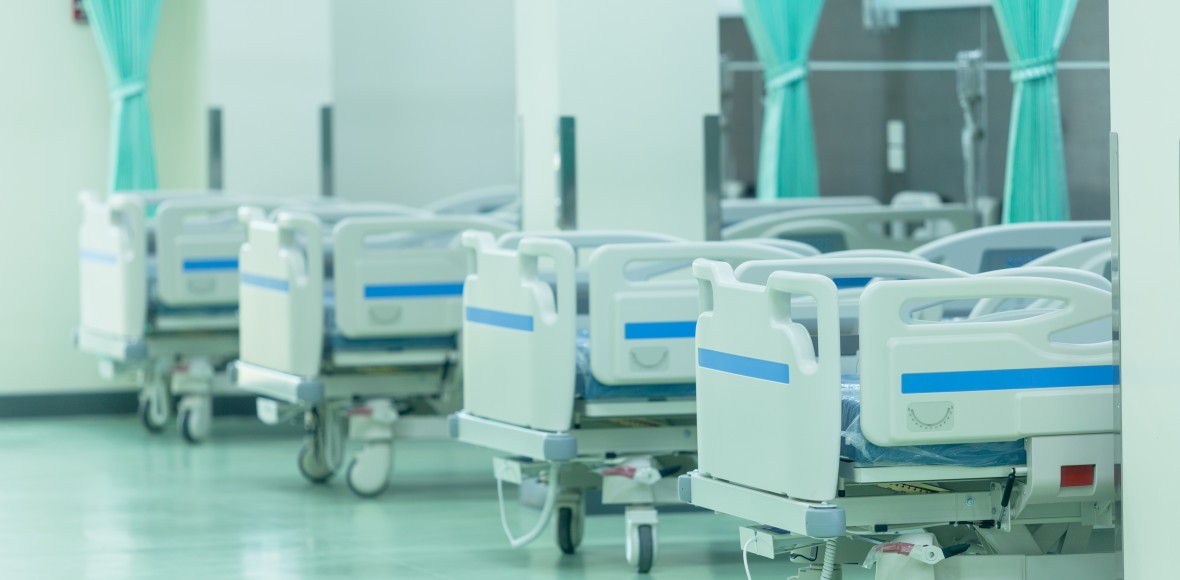
The Fiscal Case for Fighting Hospital Acquired Infections - Part 2. Costs spike by $6,000 to $30,000 per patient with superbug infections. The last-resort drugs required to treat these infections are expensive and toxic, with side effects that require more treatment.
ICU Pathogens - Part 1The ICU: Where Lethal Pathogens Lurk - Part 1. Some of the gravest threats to ICU patients are silent and invisible: the pathogens floating in the air and coating the bed rails, doorknobs, and countless other surfaces.
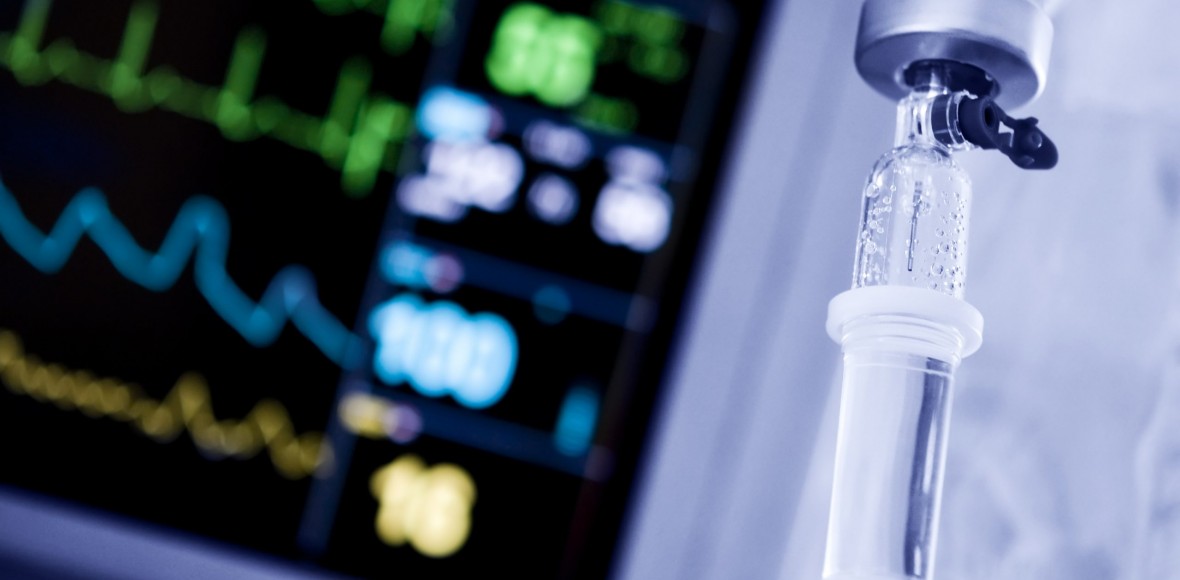 ICU Pathogens - Part 2
ICU Pathogens - Part 2The ICU: Where Lethal Pathogens Lurk - Part 2. MRSA isn’t the only threat in the ICU. Critically ill patients also face dangerous fungal infections, especially when airborne spores are released during hospital construction.
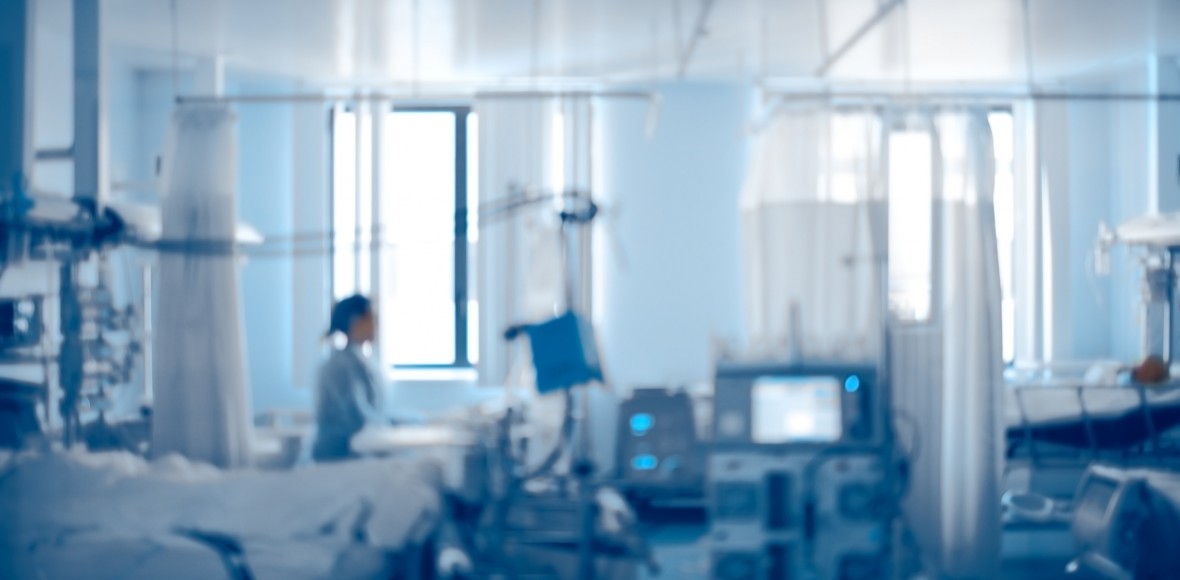 Infections in NICU: Part 1
Infections in NICU: Part 1Late one summer at the Children’s Hospital of Philadelphia, routine microbiological surveillance revealed in over four weeks, 23 newborns tested positive for adenovirus. Not a single NICU patient had been infected with the virus the entire previous year.
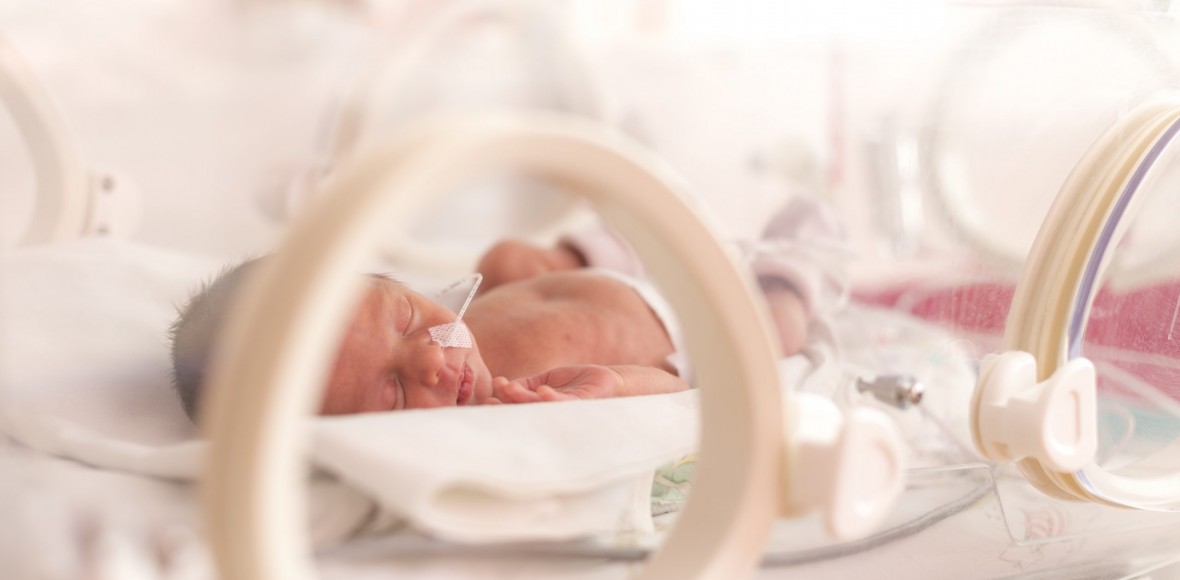 Infections in the NICU: Part 2
Infections in the NICU: Part 2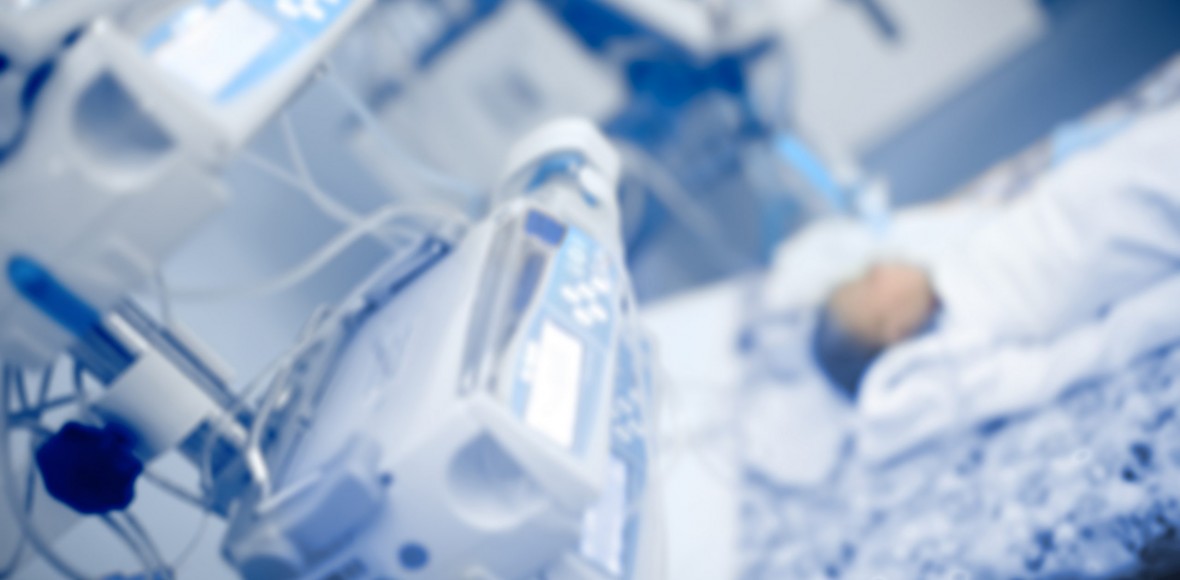
Though the majority of NICU infections are bacterial, nosocomial viral infections have been widely reported, including outbreaks of syncytial virus (RSV), influenza H1N1, rotavirus, adenovirus, enterovirus, and norovirus.
Hospitals & Air Pollution, Part 1
How Hospitals Can Protect Patients from PM 2.5 Air Pollution. Hazardous air is not just a periodic or outdoor threat; pollution is a continuous health crisis worldwide, and building interiors, including hospitals, are no safe haven from airborne toxins.
Hospitals & Air Pollution, Part 2How Hospitals Can Protect Patients from PM 2.5 Air Pollution. While major pollution spikes make headlines, many areas face dangerous pollution levels every day. In fact, 91% of the world’s population lives in regions that fail to meet WHO air quality standards — putting hospitals and their patients at serious risk.
 Airborne Infection in the OR
Airborne Infection in the OR
Part 2. Preventing Airborne Infection in the Operating Room. In orthopedic and cardiothoracic operations, in particular, “the risk of surgical site infection is strongly correlated with the amount of airborne bacteria being present in the operating room and the surgical field."
Airborne Infection in the OR
Part 1. Preventing Airborne Infection in the Operating Room. Surgical site infections (SSI), the costliest and most feared of all healthcare acquired infections, plague hospitals worldwide. 80% to 90% of SSI infections are triggered by pathogens that descended from the air.
- Press Release - Leadership News

WellAir Appoints Brad C. North as Vice President of Sales to Drive Next Stage of Growth. Industry veteran brings decades of HVAC and IAQ expertise to expand WellAir’s market presence and deliver next-generation clean air solutions.
LRSD and NovaerusThe Little Rock School District recently announced its selection as both a Winner and Selectee of the 2024 Renew America’s Schools Prize and Grant. The district's plans include upgrading 17 buildings with Novaerus' Protect 900 air disinfection devices to improve the health and well-being of students and staff.
 Luxury Demands Clean Air
Luxury Demands Clean AirVirus-Reducing Ionized Air is the New Luxe Amenity. An article in Forbes online featuring Ritz-Carlton Paradise Valley's installation of Plasma Air bipolar ionization technology.
 WellAir Partnership
WellAir PartnershipRegion 7 Head Start Association Forms Partnership with WellAir. “We are excited to partner in this exclusive sponsorship. WellAir shares our dedication in providing safe and healthy facilities for our region’s children and families, providing effective solutions that are ideal for the needs of our programs.”
 A Partnership for Better Air
A Partnership for Better AirAirco Service and WellAir. A partnership that offers homeowners cleaner, safer indoor air.
 One Vanderbilt and WellAir
One Vanderbilt and WellAir
How One Vanderbilt Raised IAQ Standards. When the pandemic struck, a New York City skyscraper was prepared for the challenge of keeping occupants healthy.
WellAir PartnershipRegion 9 Head Start Association Forms Partnership with WellAir. Leader in indoor air and surface disinfection solutions promotes importance of improved indoor air quality in Head Start facilities.
 Case Study: Urgent Care Facility
Case Study: Urgent Care FacilityDefend 400 Reduces Airborne Bacteria. Rooms using the device showed a 52% reduced total bacterial count over a 5-day period, including a 60% reduction in opportunistic pathogens.
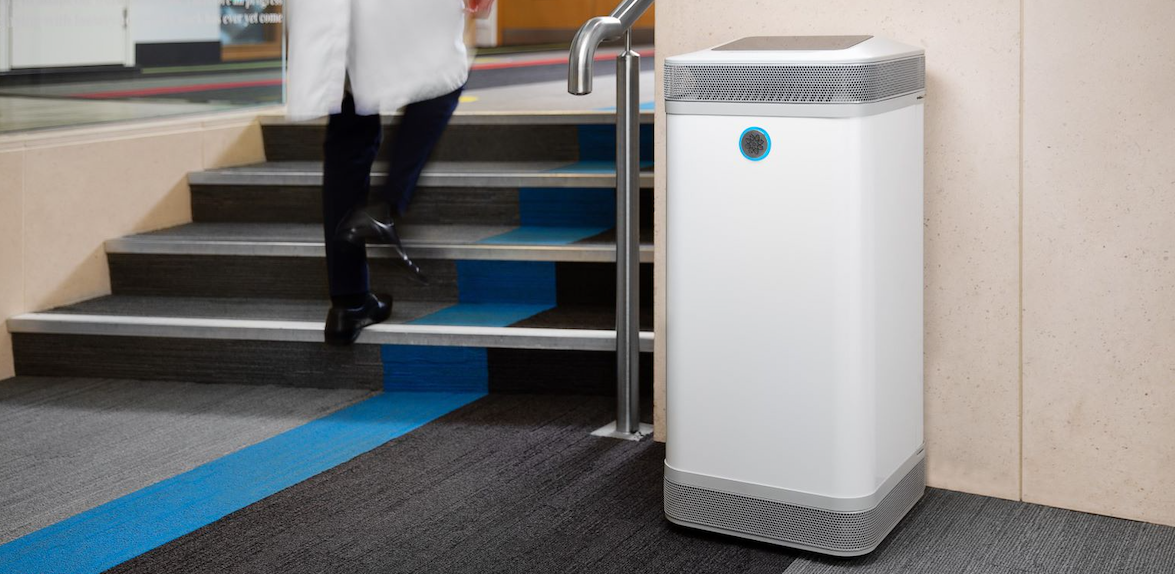 WellAir Partnership
WellAir PartnershipCreating Safer Learning Environments for Schools . WellAir has joined AASA as a School Solutions Partner in an effort to improve school facilities and provide healthy and safe environments for all students and staff.
 Brandywine and WellAir
Brandywine and WellAirWellAir Brings Clean Air Technology to Brandywine Realty Trust Properties. Brandywine’s premier properties have implemented WellAir’s portfolio of IAQ solutions in elevators and select conference rooms to help improve and protect their indoor environments.
 New Product Announcement
New Product AnnouncementWellAir Launches Defend 400 in Europe. WellAir launches a new advanced air cleaning device in Europe with independently tested, industry leading 99.9% effectiveness against airborne pathogens. The Defend 400 is a CE marked device that combines WellAir’s patented NanoStrike™ Technology with a triple-stage filtration system to optimize the health of indoor spaces.
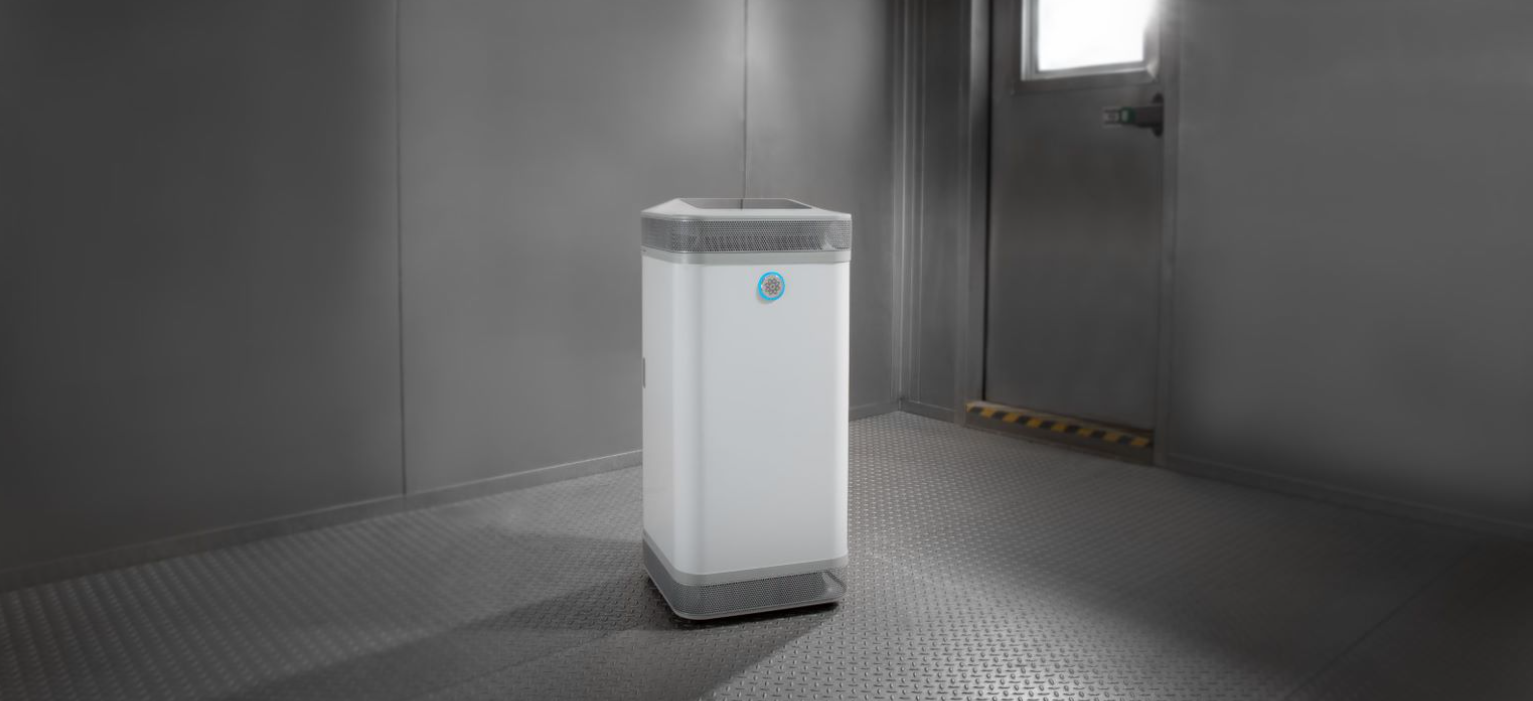 Top Luxury Hotels Use Plasma Air
Top Luxury Hotels Use Plasma Air
During the height of COVID-19, top luxury hotel brands, Marriott’s Autograph Collection Hotels and The Ritz-Carlton selected Plasma Air ionization systems.
RIT and WellAir
Plasma Air Technology Deployed at Rochester Institute of Technology. Plasma Air announced its ionization systems have been selected by Rochester Institute of Technology (RIT) to be deployed campus-wide as a preventative measure against COVID.
One Vanderbilt and WellAir
One Vanderbilt Deploys WellAir’s Clean Air Technology. One Vanderbilt in NYC added WellAir’s clean air tech as workers returned to the office. Midtown’s tallest office tower focuses on healthier indoor air.
Four Seasons and WellAirFour Seasons Astir Palace in Greece partners with WellAir to improve indoor air quality. The air purification solutions were deployed to reduce airborne virus particles and augment cleaning protocols at the luxury, world-renowned hotel.
 New Product Announcement
New Product AnnouncementWellAir Launches FDA-Cleared Defend 400. The Defend 400 (NV400) is an FDA-cleared Class II medical device that combines WellAir’s patented NanoStrike™ Technology with a triple-stage filtration system from Camfil® to optimize the health of indoor spaces. Tested to be 99.9% effective against airborne pathogens.
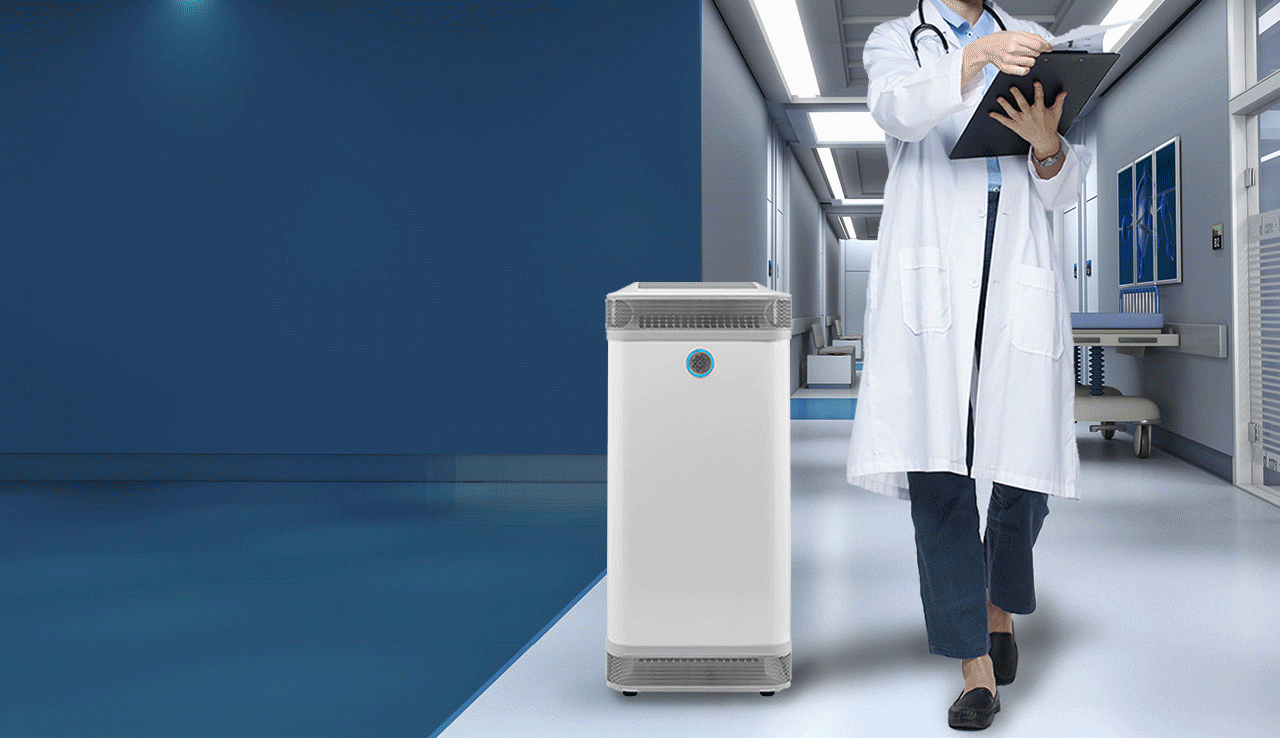 Product Announcement
Product AnnouncementNovaerus Defend 1050 cleared by FDA as 510(k) Class II Medical Device to inactivate and filter out airborne virus and bacteria for medical purposes. The Novaerus Defend 1050 uses patented NanoStrike® technology to damage and inactivate airborne micro-organisms.
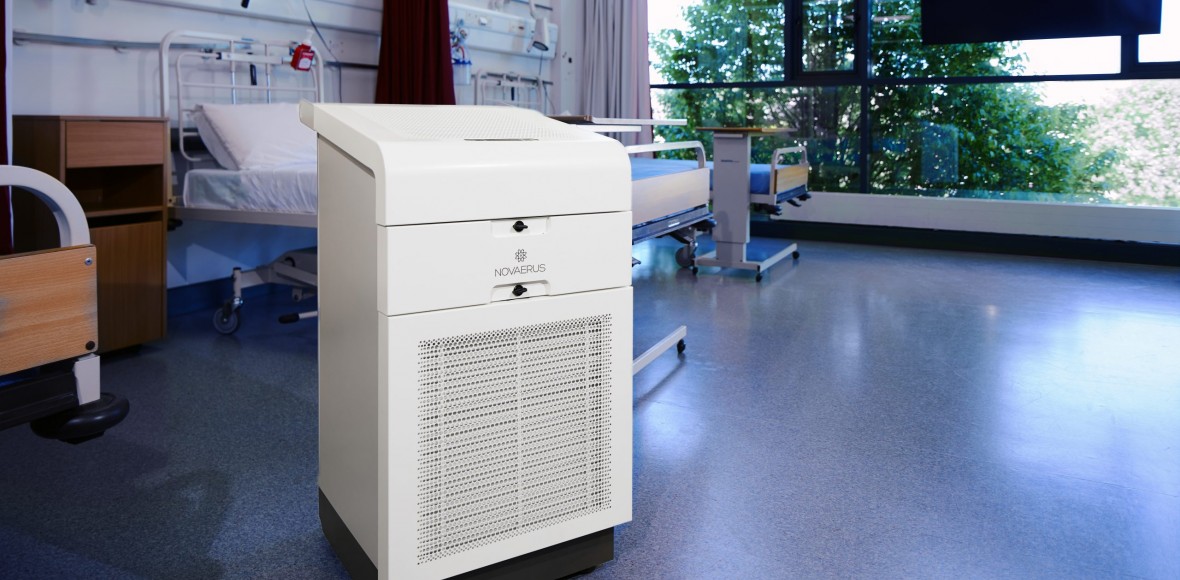 Product Announcement
Product AnnouncementNovaerus Defend 1050 Proven to Reduce Coronavirus Surrogate by 99.99%*. The portable air disinfection device has been independently tested and shown effective at reducing MS2 Bacteriophage, a surrogate for SARS-CoV-2 (COVID-19), by 99.99% in 15 minutes.
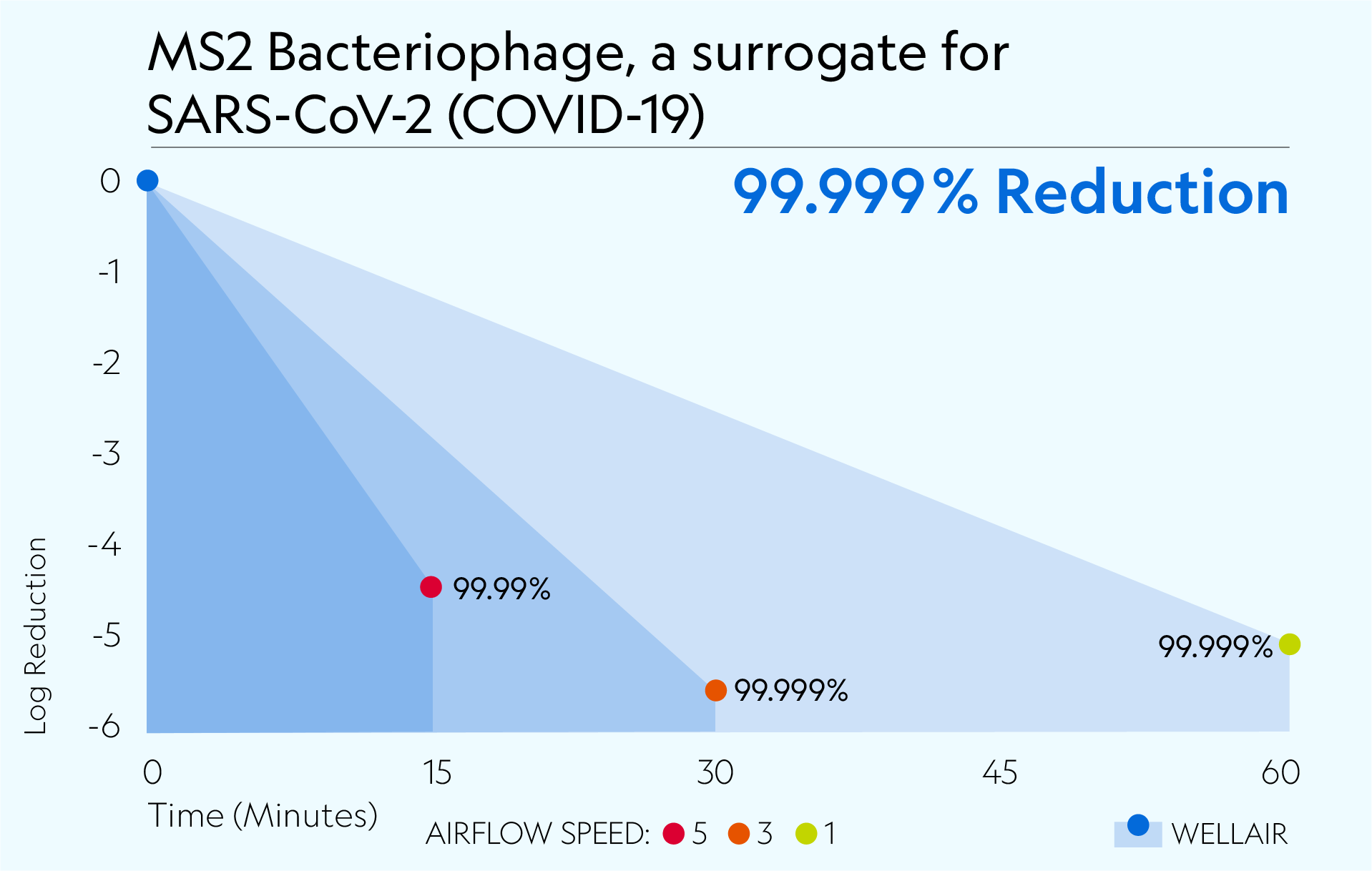 Product Annoucement
Product AnnoucementNovaerus Defend 1050 Recognized by Chinese Health Authorities. The portable air disinfection device has been registered on China’s National Online Record Information Service Platform for Disinfection Products.
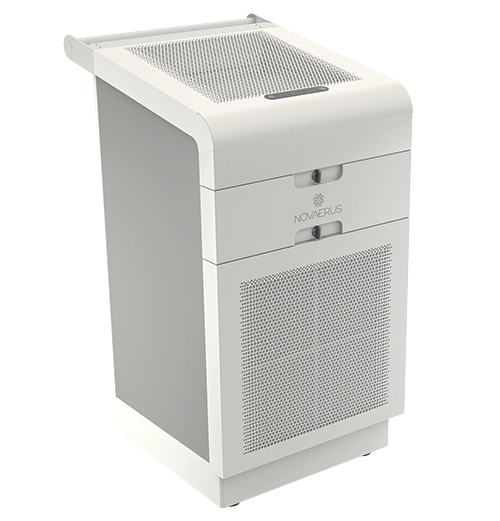 New Product Announcement
New Product Announcement
Novaerus Closes the Infection Control Loop with Defend 1050. The Defend 1050 is a medical-grade, portable device that uses a combination of NanoStrike and filter technology to safely disinfect and purify indoor air, supplementing surface and hand hygiene for comprehensive infection control.
Novaerus Donation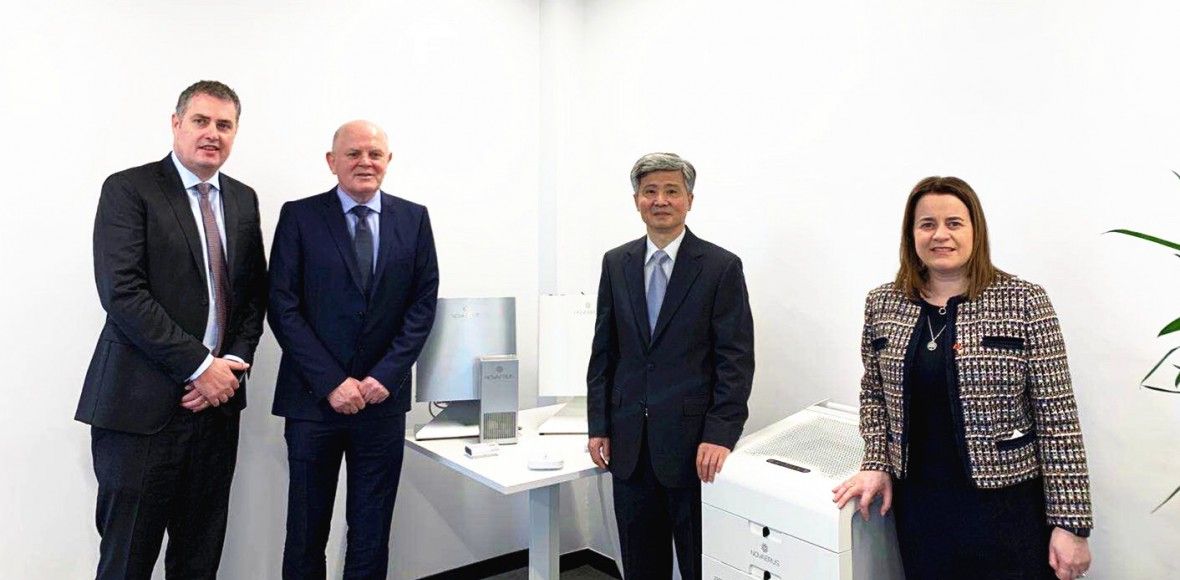
Novaerus Donates Air Disinfection Technology to Wuhan. The donation, accepted by Chinese Ambassador to Ireland, Mr. He Xiangdong, reflects the strong commitment Novaerus has to the Chinese market and to fighting the spread of COVID-19.
IAQ in a Meat Processing Plant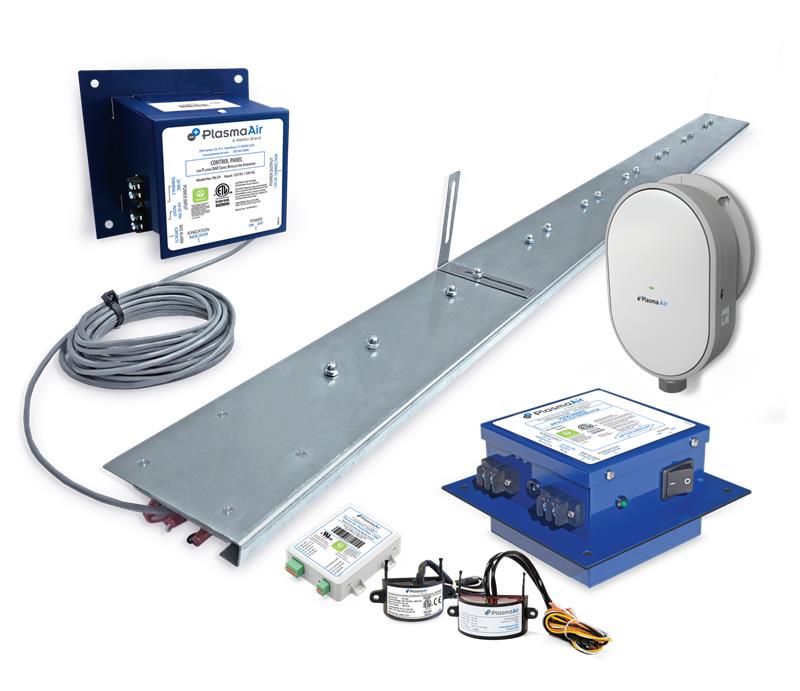
JBS USA, the world’s largest meatpackers, have installed Plasma Air’s air purification systems in their U.S. processing plants.
Clean Air in Poland
Plasma Air Installed in Unity Center in Poland. Plasma Air announces that its ionization systems have been selected and installed in the Unity Center, one of the Largest Multifunctional Business and Residential Centers in Poland.
Cleaner Air in Texas SchoolsClint Independent School District Installs Plasma Air Ionization. Plasma Air announced its ionization systems are being installed in the Clint Independent School District (ISD) in El Paso, TX. Clint ISD has 11,800 students across 14 campuses.
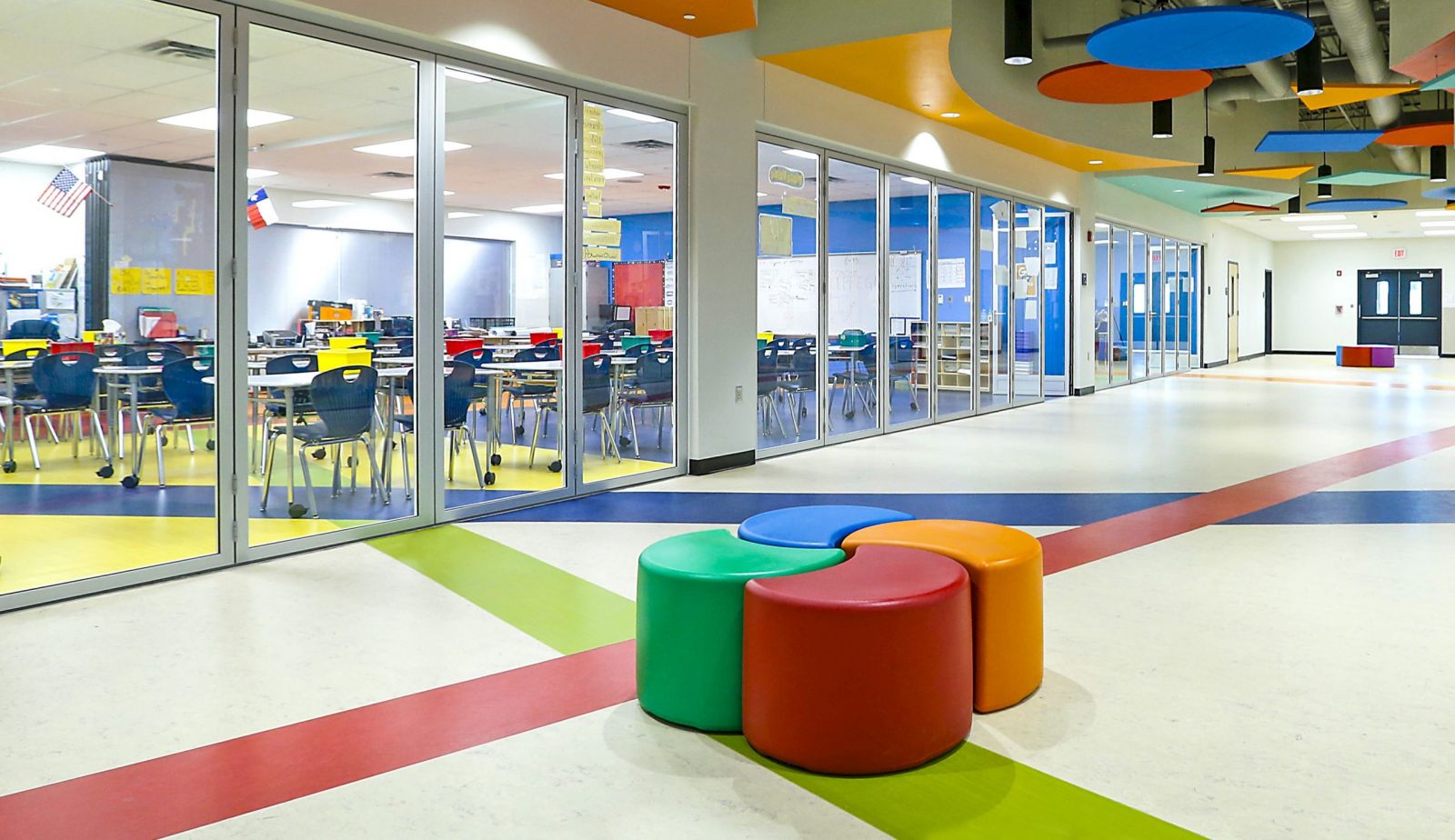 University Uses Ionization
University Uses IonizationRIT installed bipolar ionization systems manufactured by Plasma Air in its residence halls, apartments, and academic buildings to help neutralize viruses, bacteria, allergens, mold, and other airborne contaminants.
 Defense Against Influenza
Defense Against InfluenzaInnovative Air Disinfection Products. A recent article on Clinical Services Journal sheds light on the ultimate defense mechanisms, WellAir’s Novaerus air disinfection devices, designed to safeguard individuals from respiratory health challenges.
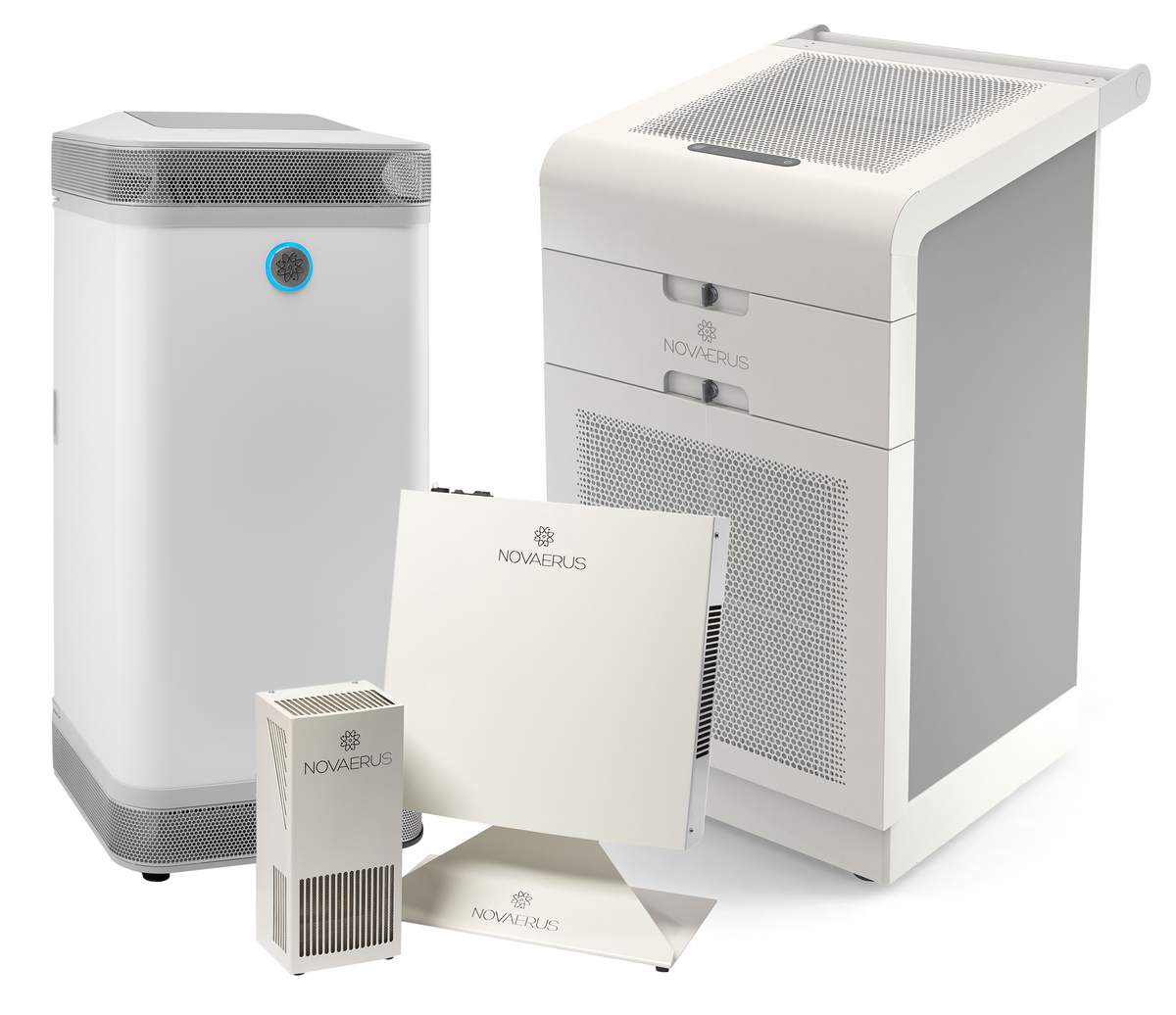 Commercial Real Estate IAQ
Commercial Real Estate IAQPrioritizing IAQ in Commercial Real Estate Gains Momentum. From the EPA to high-profile properties such as One Vanderbilt, the industry is now focusing on the health and economic benefits of addressing a widespread public health risk.
 Air Quality Intervention
Air Quality InterventionJBS USA has invested millions in Plasma Air bipolar ionization technology across its beef, pork, and poultry plants "to ensure the best possible air quality for our team members," according to Eduardo Noronha, global head of operational excellence at JBS USA.
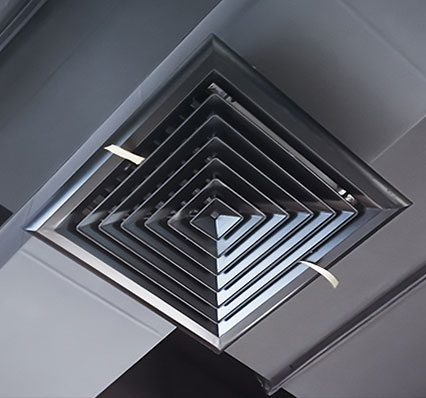 Safe University Classrooms
Safe University Classrooms
Rochester Institute of Technology enhancements as they prepared for the return to campus in the fall of 2020 included the installation of bipolar ionization systems from Plasma Air.
Trains Use Plasma Air
Indian Railways trains have Plasma Air ionization equipment installed in the AC ducting to continually clean the air throughout the interior space of the coach.